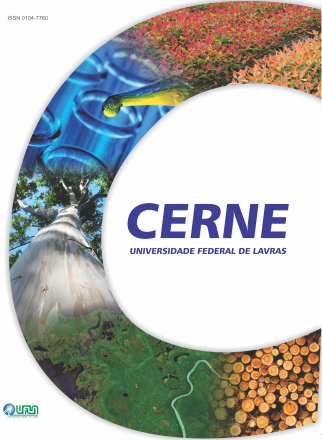MULTIVARIATE ANALYSIS OF THE ENDANGERED MEDICINAL SPECIES Cercidiphyllum Japonicum COMMUNITIES IN THE SHENNONGJIA RESERVE, CENTRAL CHINA
Cerne
MULTIVARIATE ANALYSIS OF THE ENDANGERED MEDICINAL SPECIES Cercidiphyllum Japonicum COMMUNITIES IN THE SHENNONGJIA RESERVE, CENTRAL CHINA
Autor Correspondente: Jintun Zhang | [email protected]
Palavras-chave: Endangered species, Quantitative analysis, Plant community, Diversity, Conservation
Resumos Cadastrados
Resumo Inglês:
Conservation for endangered medicinal plant species is important and urgent. Cercidiphyllum japonicum is an endangered and nationally protected medicinal plant species. We use multivariate methods to study ecological relations of C. japonicum communities in the Shennongjia Nature Reserve, Central China. Fifty-eight 10 m x 20 m quadrats of C. japonicum communities were randomly set up along an altitudinal gradient. Data for species composition and environmental variables were measured and recorded for each quadrat. Two-way indicator species analysis (TWINSPAN) and canonical correspondence analysis (CCA) was used in analyses. Moreover, species diversity indices were used to analyze the relationships between species diversity and environmental variables. The results showed that there were eight types of C. japonicum communities. Each community had its own compositional, structural and environmental characteristics. Variation of C. japonicum communities was signifi cantly correlated to elevation and slope. Community variations were also related to aspect and litter thickness. Elevation and slope were revealed as important factors that infl uence community distribution and diversity. Species diversity showed a quadratic and negative correlation with elevation. The importance values of C. japonicum also showed a quadratic and negative correlation with species diversity. For conservational purposes, species diversity should be maintained within a reasonable range.

